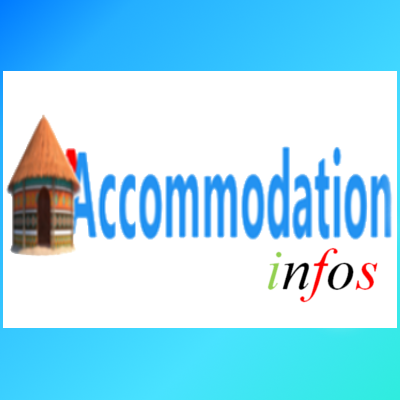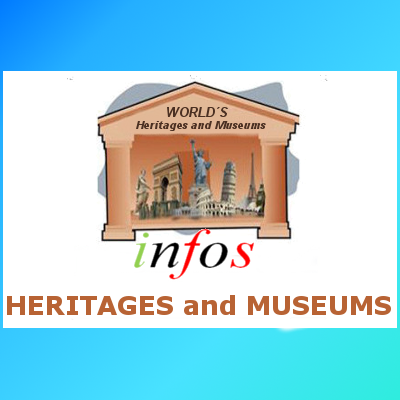What You Need To Know
North Shore is the part of the urban area of Auckland, New Zealand, located to the north of the Waitemata Harbour. North Shore was formerly North Shore City, a distinct territorial authority district, which was governed by the North Shore City Council from 1989 until 2010, when it was incorporated into Auckland Council. The city had an estimated population of 229,000 at 30 June 2010, making it the fourth most populous city in New Zealand prior to the November 2010 reorganization. The former city was also the country’s fourth largest city in land, with an area of 129.81 square kilometres and a coastline of 141 kilometres. It was also the most densely populated city in the country because, unlike other New Zealand cities, most of the city’s area was urban or suburban in character.
Area: 129.8 km²
Population: 286,127
Currency
-
The New Zealand dollar is the official currency of New Zealand and Auckland.
Economy
There are over 22,000 businesses located in North Shore City, contributing to over 6{5df27cf062f7ed5400820a0691f31020465f808863cf565ba64337b8328882e0} of New Zealand’s GDP. The city also tops the nation’s growth rates for numbers of businesses, growing 29.3{5df27cf062f7ed5400820a0691f31020465f808863cf565ba64337b8328882e0} between 1998 and 2002. The last five years have seen tremendous growth in the Albany area. This once quiet rural suburb has become the commercial centre of the North Shore. A number of retailers like Westfield are building or have built “super stores” in the area, anticipating ongoing commercial growth and expansion. The area has also experienced the construction of intense cheaper housing, and thousands of acres of farmland has been turned into mini-suburbs comprising hundreds of houses all of a similar design. As such, the Albany area has attracted hundreds of millions of investment dollars. The Royal New Zealand Navy has its main base in Devonport which is a significant employer and industry. Residential development on the North Shore continues to rapidly sprawl northwards. The Rodney township of Orewa and the Whangaparaoa Peninsula, 25 kilometres north of Takapuna, was once something of a holiday resort. It is now linked by the Northern Motorway and may eventually be continuous with the North Shore’s northward urban expansion. Some parts of the North Shore boasts some of the most expensive real estate in New Zealand. The stretch of coast that runs North from Takapuna Beach to Milford, often referred to as the “Golden Mile”, has many properties there have sold for several million dollars (NZ$) particularly because of the beaches, Lake Pupuke, popular schools and shopping centres. In 2005, one beachfront property sold for $12.8 million. Rents in North Shore City, as well as property prices, are high in relative terms, with average weekly rents (in 2002) of $243 versus $237 for Wellington and $236 for Auckland.[
Language
Health
-
Eligibility for public health services. This section is a guide to publicly funded health and disability services in New Zealand. There is information for service users, and resources for service providers to check eligibility.Apr 18, 2016
Transport
Commuting within the North Shore itself can be done relatively easily, but those who commute to Auckland City and need to cross the Auckland Harbour Bridge face severe traffic congestion. The alternative route through western suburbs is also prone to nose-to-tail traffic at peak times. As with the greater Auckland area, there has been much discussion regarding the problem at both national and local government levels, but very little concrete action, mostly related to the high cost and difficulty of providing additional crossings over the Waitemata Harbour. Several options for new bridges and tunnels have been studied in depth, but at the moment, the official position is to mitigate congestion effects instead of providing new infrastructure. Auckland Harbour Bridge and Second Harbour Crossing, Auckland Public transport has been upgraded in an attempt to reduce the city’s car dependence. The Northern Busway along the Northern Motorway, together with park and ride facilities in Albany and Constellation Drive (completed in late 2005), serves as the spine of a bus-based rapid transit system for North Shore and Hibiscus Coast citizens. In 2003, there were indications that the early stages of the bus way project were generally regarded as a success but that important tasks regarding integration of bus lines were unresolved. The North Shore City Council increased the number of facilities with more park and ride stations in Sunnynook, Smales Farm and Akoranga park. These were completed in February 2008. In January 2009, the Northern Busway began trial runs featuring New Zealand’s first “bus-dedicated roadway.” A number of North Shore suburbs have a regular ferry service to Auckland City, including Devonport, Stanley Bay, Bayswater, Birkenhead. Others are planned for Takapuna and Browns Bay. A plan to turn the city’s streets into a venue for a three-day V8 supercar race has generated controversy; traffic experts were hired by the North Shore City Council to assess whether such a race was possible “without causing mayhem on the roads.










